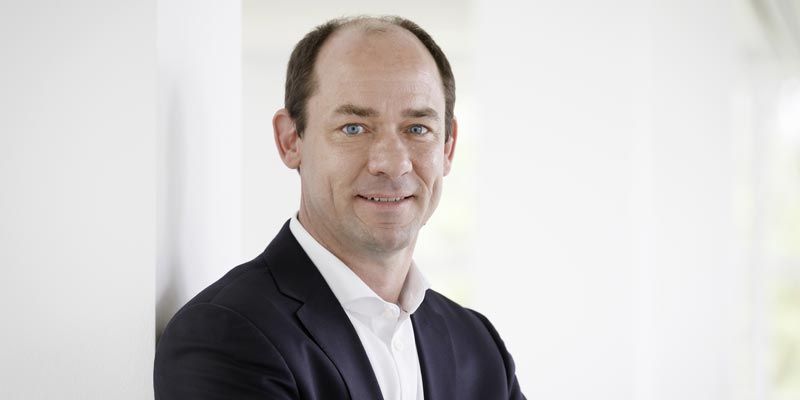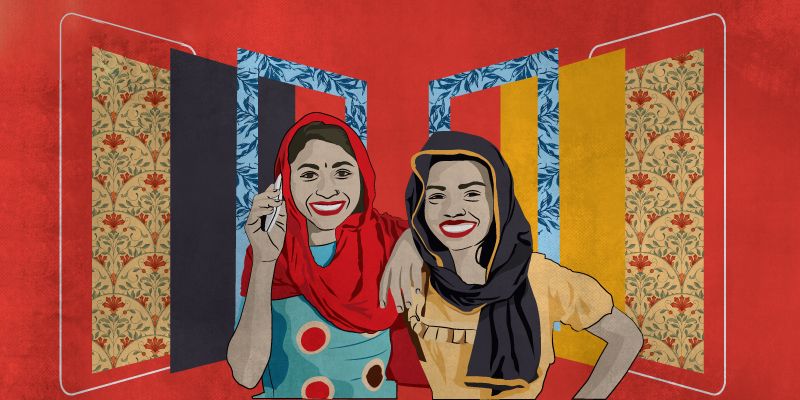Daimler global CIO says Indian analytics can run world's shared economy and mobility
A career in Daimler AG's IT department is no walk in the park. The IT systems are spread across 57 plants, 2,80,000 employees, and more than 15,000 dealerships worldwide. It has legacy applications and software-as-a-service apps running in data centres across the world. What keeps Daimler running? It is not a machine, but a human being — Chief Information Officer Jan Brecht — keeping all machines under check. Jan has envisioned the future of IT in Daimler AG to be connected to changing behaviour of consumers. His five tenets are to increase the speed of IT to improve processes and knowledge sharing; to better customer interaction; to use analytics to understand consumer mobility and data generated from cars connected to the network; to better digital engineering; and to empower employees. Jan believes that automobile companies are becoming software services companies with intellectual property in product design and services. Keeping the mega mobile trend in mind, Jan spoke to YourStory about the future of collaboration with startups and the future of IT in Daimler. He says that companies with the largest market cap for the last 100 years were oil and gas companies, but this trend has changed from 2010 as technology businesses have become the ones with the highest market cap. Here are the excerpts:

- What do you expect from startups when they come to you for a conversation or to qualify as a vendor with Daimler?
A. The first thing they have to do is surprise me and keep the conversation going. If they are not prepared to surprise me with their work and what it means to Daimler then I would think they are underprepared. The second thing is that they have to know their market and why they are focused on a particular sector. Lastly, they have to know that their product has to go through several iterations and the founders must be willing to constantly learn. I am really excited about India and the talent it possesses. We are interested in analytics-based business and technology that operates on data sciences.
- Every other R&D centre has some form of incubator or fund; are you thinking of the same?
A. I want to tell you that we are moving in this direction, which is to create an incubator, in six months. We have done it in Silicon Valley, Berlin, Tel Aviv, and Shanghai, and you may have something similar. But first I need to align and strengthen the objectives of Mercedes-Benz Research and Development India before we do anything with startups. I need to define a role for something like an incubator and in six months’ time you will have something that we can talk about.
- The world of IT is changing, and for the first time CRM spend is overtaking spend on ERP. Are these spends in line with your thoughts too?
- You know the world is about data, and every company is making the consumer the centre of their universe. My strategy is that through data we have to improve our asset utilisation. In the future, the consumer might want to run a car for only 100 km or use it on his vacation. So, how does this scenario make us relevant to the customer of the future? We have to understand data generated in cars and make sure the consumers think of buying our cars as their mode of transport. Customer Relationship Management is central to this change. It is about combining the master data from dealerships or the on-board diagnostics system with data generated through consumer apps. We should be able to work with insurance companies and retailers to offer them the best premiums and deals to retain customers. The world will be about collaborative business models to understand the consumption lifecycle of the customer. The trouble is automobile companies have to make sure that consumers do not change car brands like they do mobile phones. Today it is easy for a consumer to change cars, but he is pretty happy with the operating system of the phone and is loyal to it.
- Do you see Uber-type business models impacting your business, and would you be open to sharing the telematics ports of vehicle platforms to the cloud?
A. I see Uber-type businesses complement mobility and we have to focus on the experience to the customer. We can only do so by collaborating with mobility companies. As for sharing data with startups — to build services on top of the OBD — we need to look at the legalities of data sharing before we open up telematics platforms. But it is also the road map of the future. In ten years the money is in software and services. The design of the cars may change too because of collaborative business models. To illustrate this point, a family travelling on a vacation may need a particular vehicle that can take them long distances and on other days they may need a smaller car for city travel. These cars may not be owned by them at all. So we will be a mobility company.
- How is legacy IT changing in large organisations such as yours?
A. One of the principles that we work on is the loosely coupled strategy where we make sure there are no silos between tech and the future of the organisation. By this I mean we need to make sure legacy works with modern cloud applications. You may find it pleasing to hear that a lot of Daimler’s non-critical applications sit out of a data centre in India. But the critical applications like consumers’ master data will be in-house and in Germany. But let me tell you that the genie has left the bottle and we have data as the new oil and the future is in collaboration between different businesses. We are up in the race and are well poised to become a mobility-driven company. So the future is a connected corporate that puts consumers first.











![[Funding Alert] Medtech startup EzeRx raises Rs 1.75Cr in seed round from clutch of angel investors](https://images.yourstory.com/cs/2/b094ec506da611eab285b7ee8106293d/fundingthumb-1603355559844.jpg)